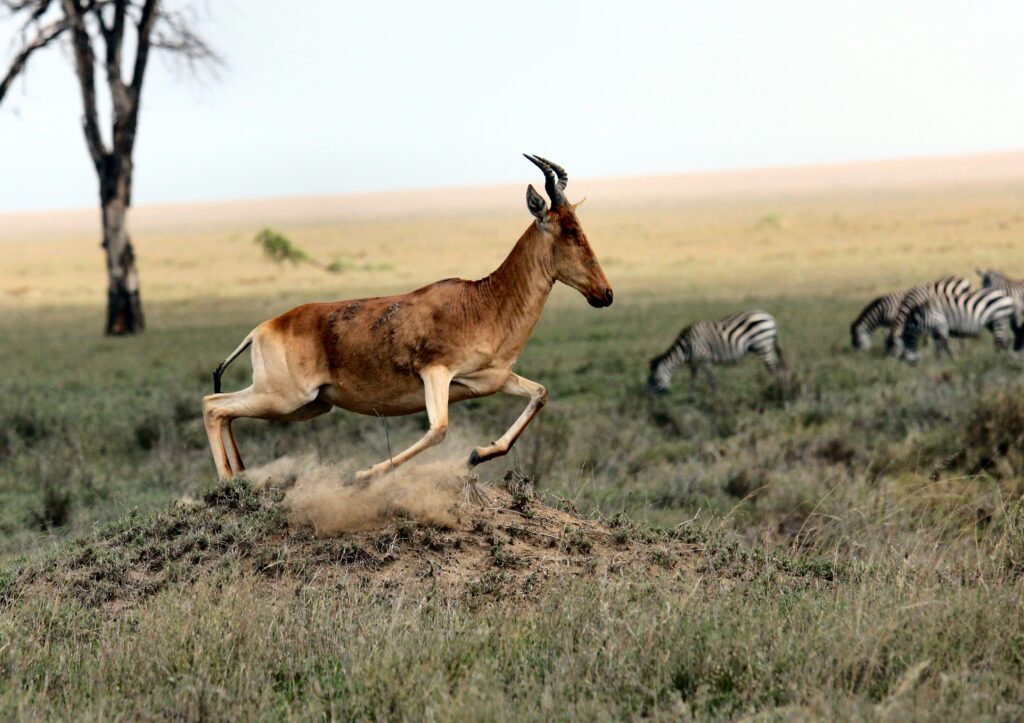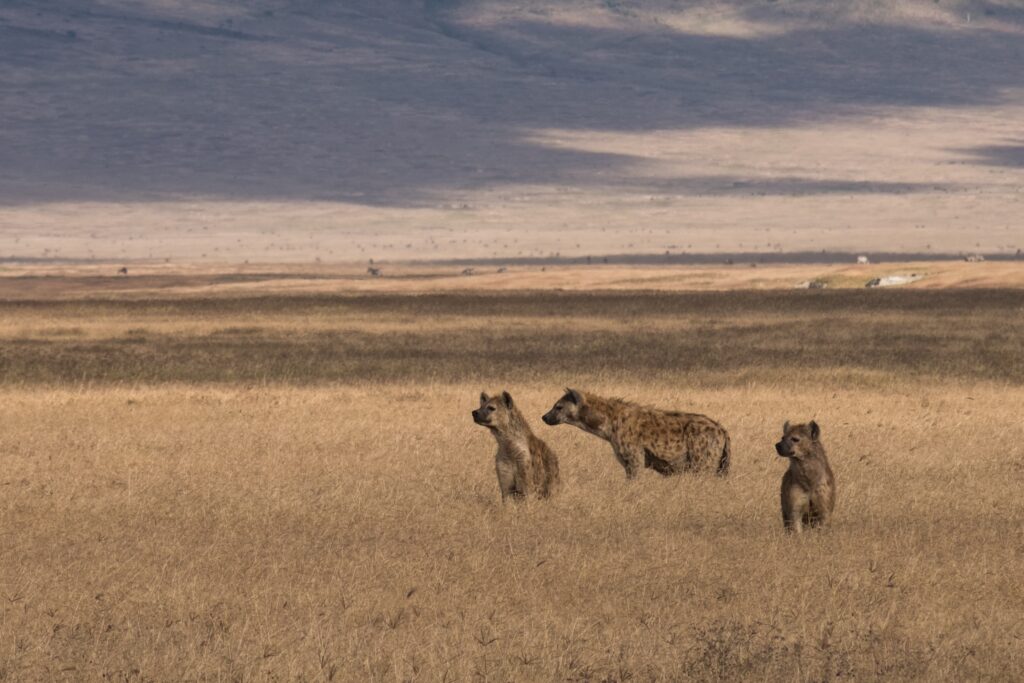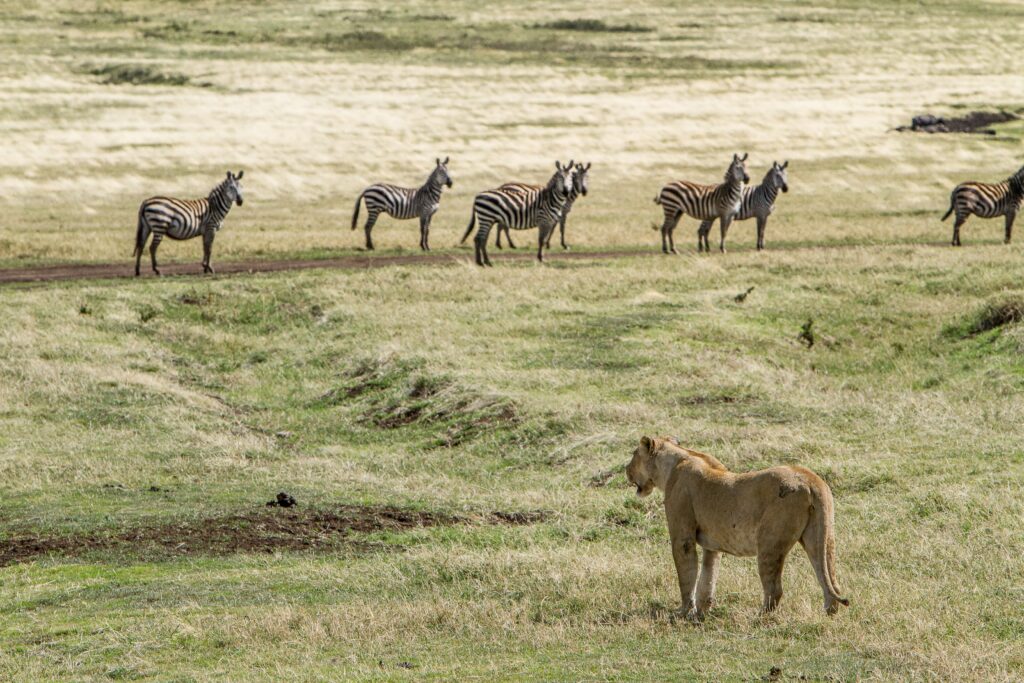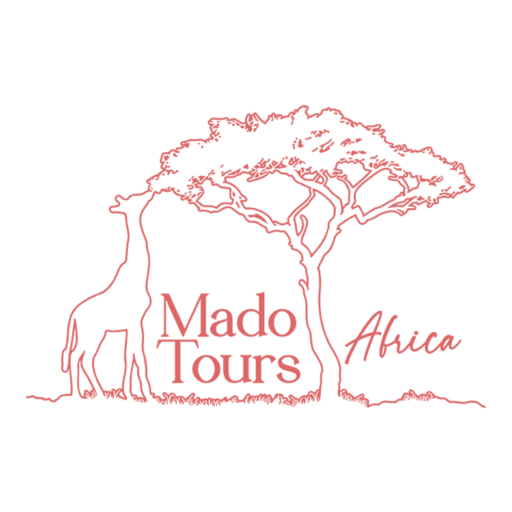The Ngorongoro Conservation Area is a protetcted and a UNESCO world heritage site located in Ngorongoro district in Arusha region within the crater highlands geological area of Nothern Tanzania.The area is named after Ngorongoro crater a large volcanic caldera in the area.

The main feature of the Ngorongoro Conservation Area is the Ngorongoro Crater, the world’s largest inactive, intact and unfilled volcanic caldera The crater, which formed when a large volcano exploded and collapsed on itself two to three million years ago, is 610 metres (2,000 feet) deep and its floor covers 260 square kilometres (100 square miles).
Approximately 25,000 large animals, mostly live in the crater.Large mammals in the crater include the black rhinocerous , the African buffalo and the hippopotamus.
There also are many other ungulates: the blue wildebeets , Grant’s zebra,Thomson’s gazelles and waterbucks occur mainly near Lerai Forest


Cheetah and leopards are rearely seen.
Spotted hyenas have been in the subject long term research studies in the Ngorongoro conservation area.
The crater has one of the densest known population of lions.
A side effect of the crater being a natural enclosure is that the lion population is significantly inbred. This is due to the very small amount of new bloodlines that enter the local gene pool, as very few migrating male lions enter the crater from the outside. Those who do enter the crater are often prevented from contributing to the gene pool by the crater’s male lions, who expel any outside competitors.

Just to the north of the crater are the Olmoti and Empakaai Craters both of which can be explored on foot escorted by a local ranger. It is a wonderful way to explore the highlands and volcanic landscapes. Maasai tribesmen live on the open moorlands and arrangements to visit their manyattas (homestead) can be arranged. Ngorongoro is full of wonders please visit!
